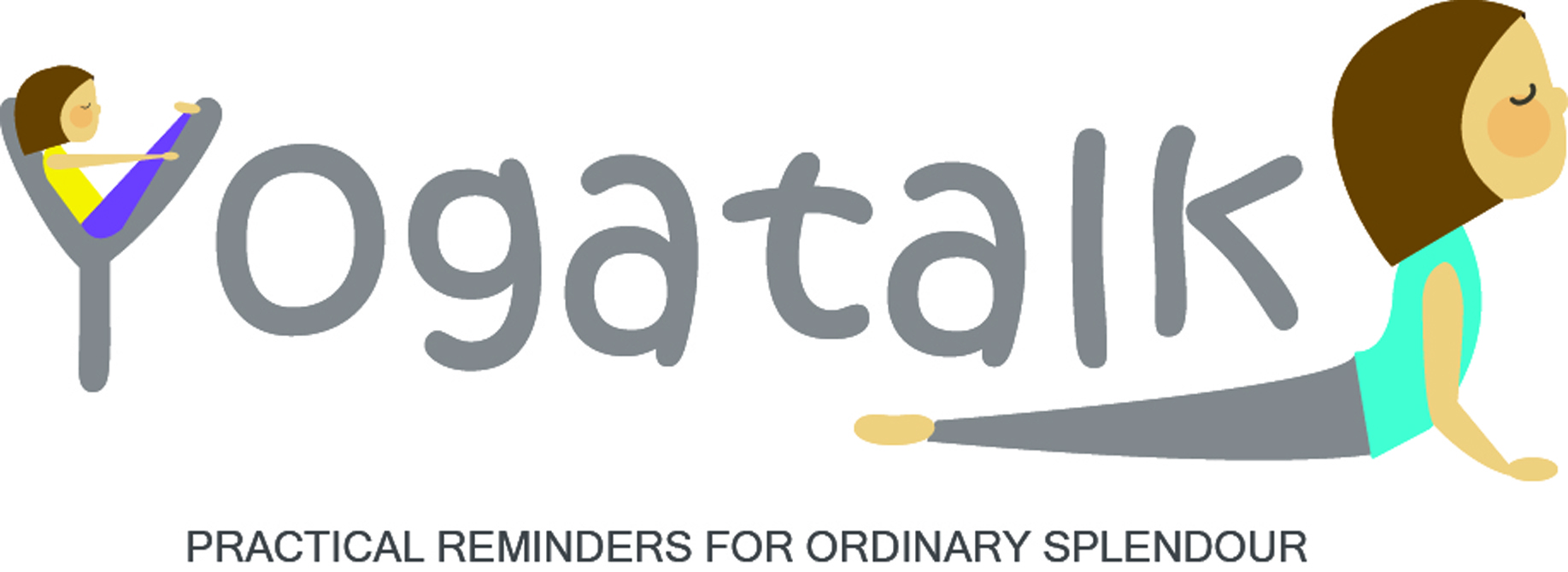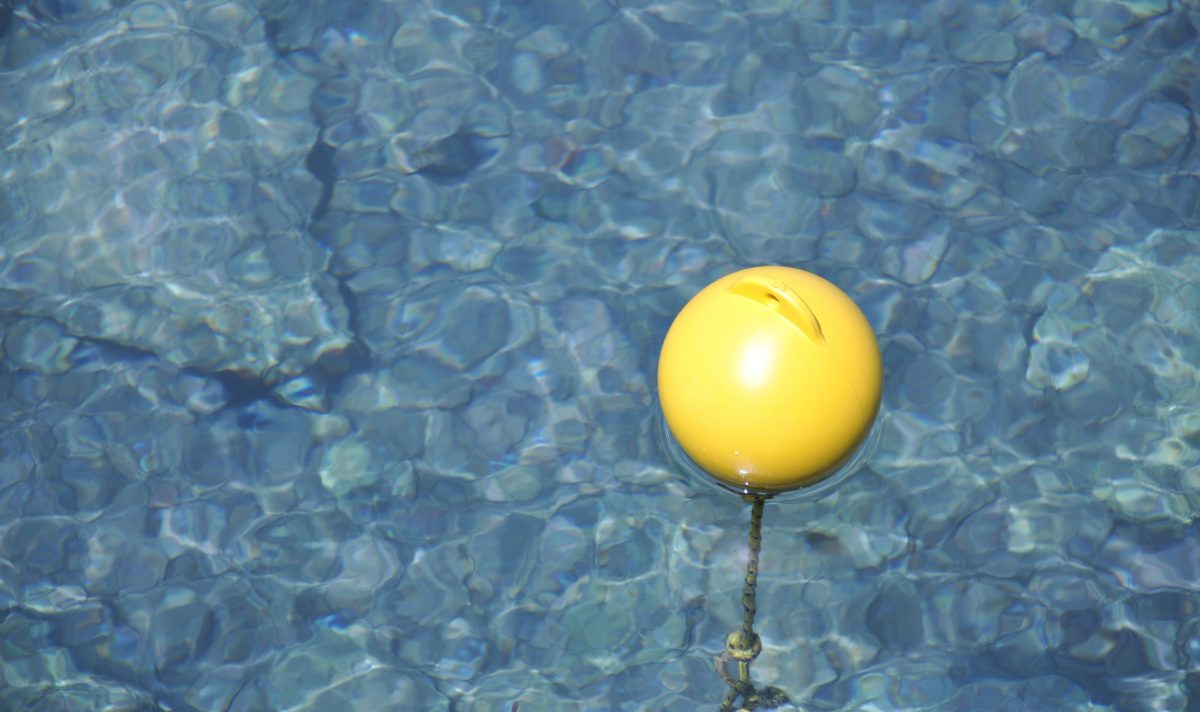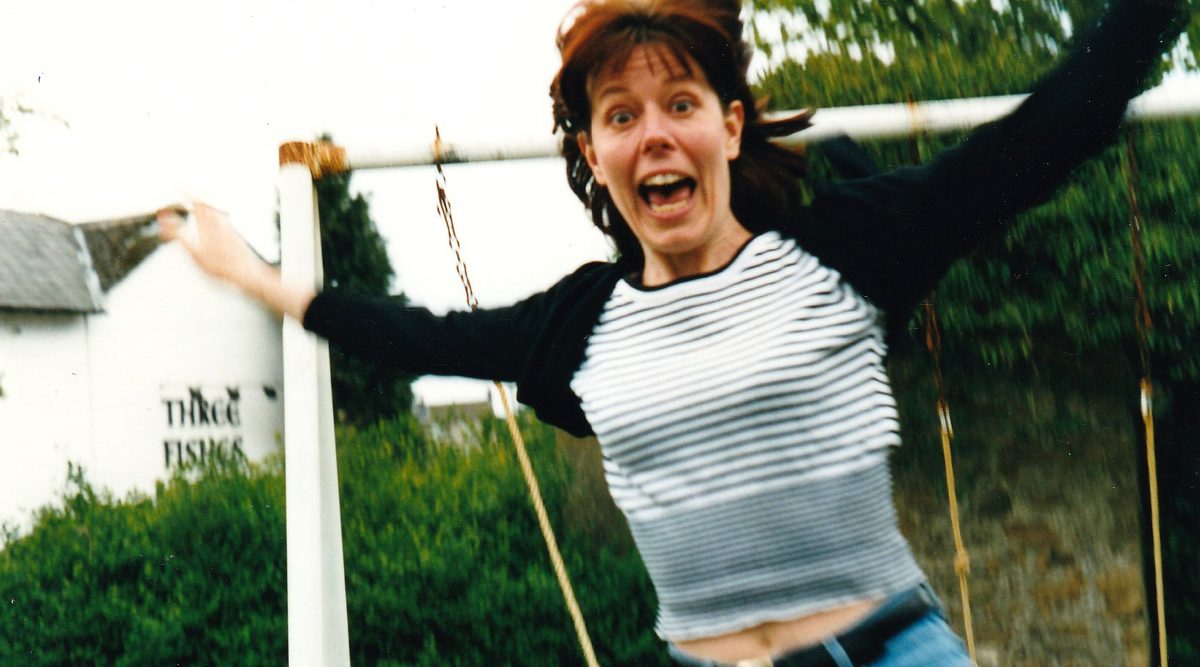 After a couple of very serious blogs, I found myself thinking I need to bring a little silliness into my day. Not tricky for me. I love a little silliness. I may have mentioned before, and often say this in the yoga class when faced with many serious and sombre faces looking back at me, “There is just not enough silliness in this world”.
After a couple of very serious blogs, I found myself thinking I need to bring a little silliness into my day. Not tricky for me. I love a little silliness. I may have mentioned before, and often say this in the yoga class when faced with many serious and sombre faces looking back at me, “There is just not enough silliness in this world”.
I believe we have become too grown up and forgotten the freedom of our childish and innocent ways.
I love a little humour, in fact, I love a lot of humour. Within most of my daily tasks I inject some witty comments or ridicule (usually of myself) and laughter.
I love a giggly yoga class. I can find myself giving the instruction to lift the corners of the mouth – the reaction of my students never fails to amuse me as it dawns on them that I am asking them to smile. It always creates a chuckle or two. The joyous reaction of having a good old roll around in happy baby (Ananda Balasana) can lift the mood on a rainy day. We can take ourselves too seriously can’t we? Laughter is great therapy.
I attended a meditation session recently. It was all very reverent, lots of delightful chanting and serious nodding of approval. The last chant got underway – all very lovely – but the tune seemed to be turning a little ‘country and western’!!! When it was over, choosing her words carefully, my friend kindly pointed out that it was more like a rendition of ‘ You picked a fine time to leave me Lucille’. The place enjoyed minutes of uproarious laughter and fun. The session ended with lots of love and smiles all round.
If you haven’t already, go and create a little silliness in your day…. Then smile and be joyous that you did.
Love and silliness – Joy 🙂



 Have you ever wondered why, when someone asks something of you, you say no when really you wanted to say yes but just couldn’t bring yourself to do it? Or you find yourself doing something you really didn’t want to do because you just couldn’t say no?
Have you ever wondered why, when someone asks something of you, you say no when really you wanted to say yes but just couldn’t bring yourself to do it? Or you find yourself doing something you really didn’t want to do because you just couldn’t say no?


 Here are some thoughts about feeling fine with our here and now… which as it happens, is the yogic concept of santosha. What does this mean, and how can it be useful?
Here are some thoughts about feeling fine with our here and now… which as it happens, is the yogic concept of santosha. What does this mean, and how can it be useful? The smell of gorse or juniper; the sound of boots crunching on sparkly snow; lying on the grass admiring passing clouds; the scent of lilac and the colour of the flowers; the roar of Tarn Beck on a hot day before plunging in; sitting in timeless meditation.
The smell of gorse or juniper; the sound of boots crunching on sparkly snow; lying on the grass admiring passing clouds; the scent of lilac and the colour of the flowers; the roar of Tarn Beck on a hot day before plunging in; sitting in timeless meditation.


 Here are some thoughts about habits, followed by a few simple ideas for how to make more good ones… and break the bad.
Here are some thoughts about habits, followed by a few simple ideas for how to make more good ones… and break the bad.


 Most of us are blessed to hear the unique sounds of our daily living; but being used to it makes it easier to miss it.
Most of us are blessed to hear the unique sounds of our daily living; but being used to it makes it easier to miss it.
 Too many humans, all needing food, in a volatile, ever-changing world, which they don’t look after…?
Too many humans, all needing food, in a volatile, ever-changing world, which they don’t look after…?


 If you were to ask me if I felt happy, my usual reaction would be to say yes. However, there is a subconscious thing that happens to me that I must be aware of. Often, if I stop to think, I can gauge my level of happiness by how much noise I make. Is this odd? Is it just me? I realised some time ago that a true sign of my happiness is indicated by me tending to sing out loud. I was inspired to write this because I was caught unawares today, singing out loud in the car park.
If you were to ask me if I felt happy, my usual reaction would be to say yes. However, there is a subconscious thing that happens to me that I must be aware of. Often, if I stop to think, I can gauge my level of happiness by how much noise I make. Is this odd? Is it just me? I realised some time ago that a true sign of my happiness is indicated by me tending to sing out loud. I was inspired to write this because I was caught unawares today, singing out loud in the car park.
 Well it’s been quite a season. So busy ! Full of work, yoga, website stuff….. and life – getting along with things has been both challenging and rewarding in equal measure.
Well it’s been quite a season. So busy ! Full of work, yoga, website stuff….. and life – getting along with things has been both challenging and rewarding in equal measure. For those of you who celebrate Christmas – Merry Christmas to you. For those who don’t, we hope you have a wonderful winter festive season. Stay safe and warm with your families and friends and share your love and kindness with all those who deserve it – and maybe those who don’t!
For those of you who celebrate Christmas – Merry Christmas to you. For those who don’t, we hope you have a wonderful winter festive season. Stay safe and warm with your families and friends and share your love and kindness with all those who deserve it – and maybe those who don’t!



